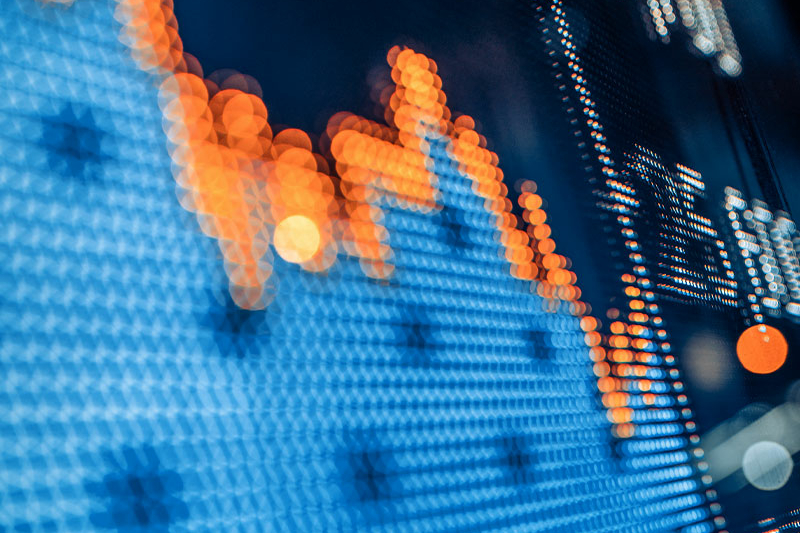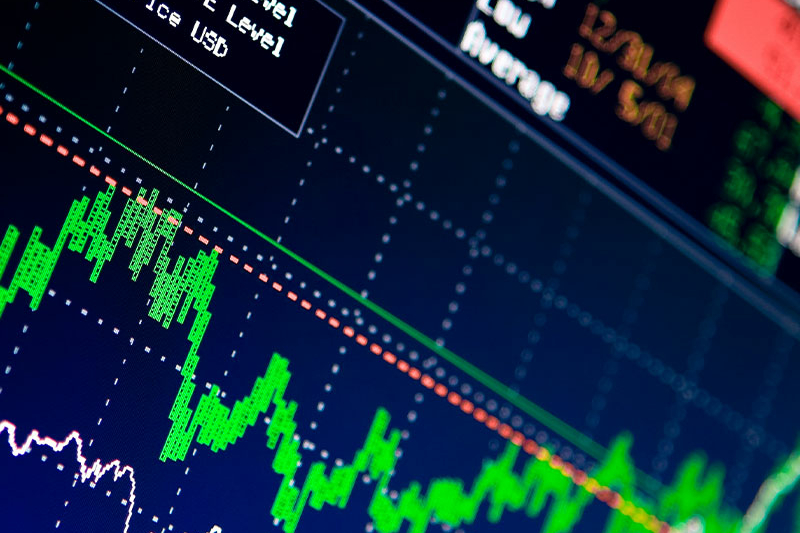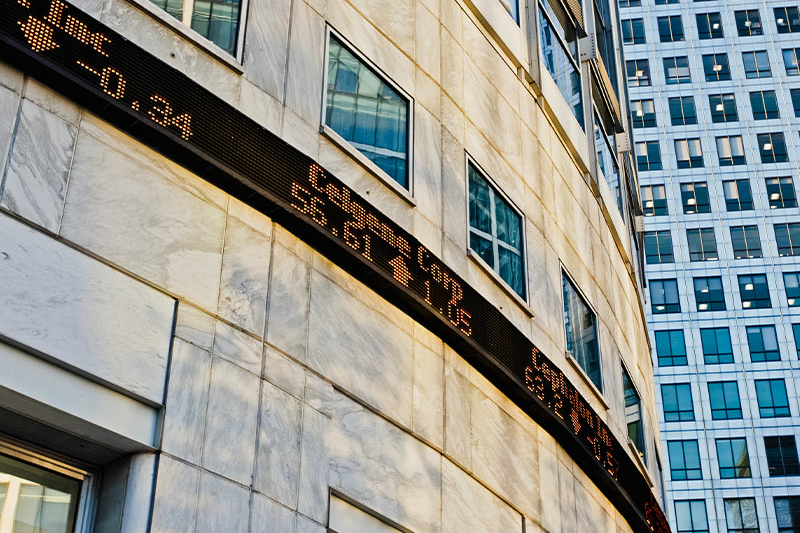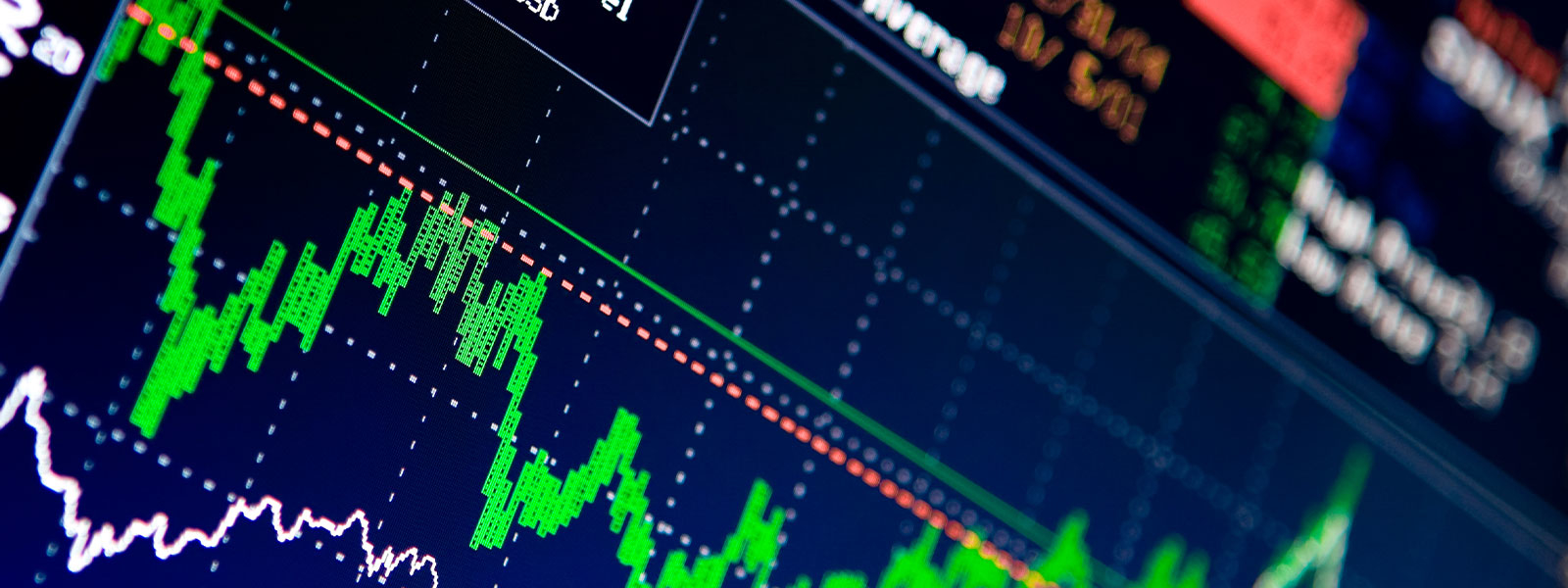Global IPOs reached new highs
Fueled by strong stock markets and the need for yield, investors poured money into IPOs in 2021, resulting in a record-breaking year.

The global IPO market broke new records in 2021 on the back of robust stock market performances
The initial public offerings (IPO) market began 2021 with some questions as the world entered the second year of the COVID-19 pandemic. Would the recovery from the crisis seen during the second half of 2020 persist? Or would new developments related to the pandemic put the market back on ice, just as IPO activity had frozen during the first half of 2020?
As it turns out, the answers could not be clearer. Global IPO activity broke new records in 2021, with every region of the world recording significant increases in the number of businesses coming to market. The proceeds of these IPOs totaled more than US$600 billion—a new high.
With interest rates at rock bottom, investors poured money into capital markets—creating a supportive environment for IPOs. In addition, some of the impacts of the pandemic proved helpful to the IPO market. The way we live our lives is continuing to change rapidly, accelerating trends in how we work, shop and play, and the environmental imperative is more front of mind than ever. In industries such as financial services, life sciences and, particularly, technology, this is creating huge opportunities for innovative new businesses.
These trends—the energy transition and growing digitalization across all industries—will continue to motivate corporate activity, including IPOs. The market dynamics, however, may not be as supportive for new issuance this year as they were in 2021. As worries about inflation began to dominate headlines, and there were signs that central banks were planning to raise rates, equity markets began to cool at the end of 2021. Russia’s invasion of Ukraine and the continuing conflict there have increased volatility considerably—never good for IPOs. It is still unclear, however, how long the disruptions will last. Already the global economy was struggling with pandemic-related supply chain issues—these could be exacerbated by the impact of the situation in Ukraine, including sanctions on Russia.
The levels of IPO activity in 2021 would always have been a tough act to follow, but despite the significant headwinds equity capital markets face, the broad secular trends are in place to support further IPOs. It’s just a question of when.
Fueled by strong stock markets and the need for yield, investors poured money into IPOs in 2021, resulting in a record-breaking year.

After a flurry of new listings in the first quarter of 2021, SPAC IPOs slowed down considerably, but the asset class remains a viable path for companies to go public.

While IPO activity was robust throughout Europe, the Nordic region stood out.

IPOs of Latin America-based companies enjoyed a robust year in 2021, especially when it came to listings in Brazil in sectors like fintech.

The dust is settling after the flurry of activity in 2021, and the IPO market is facing considerable headwinds.


After a flurry of new listings in the first quarter of 2021, SPAC IPOs slowed down considerably, but the asset class remains a viable path for companies to go public
Special purpose acquisition companies (SPACs) had a rollercoaster of a year in 2021, with never-before-seen highs at the start of the year, followed by a significant dip in Q2.
283
The total number of SPAC listings in H2 2021
More than half of the total IPO value raised throughout the year was from SPACs that listed in the first quarter. There were 314 SPAC listings in Q1, raising US$100.3 billion. In contrast, the next three quarters in total saw 367 listings, raising US$72 billion. Of the top-25 largest SPACs that listed in 2021, all but two occurred in Q1 and none took place in the second half.
Despite this slowdown, the activity level in the second half—283 SPAC IPOs in H2—was still higher than in any six-month period in history, other than the first half of 2021.
The phenomenal pace of the SPAC IPO market eased substantially during the second half of last year due to a variety of factors, including accounting changes to SPAC warrants that paused the market and caused many SPACs to restate their financial statements, as well as a general glut of SPAC IPOs that exceeded aftermarket demand, causing share prices to trade down after the IPO.
The SPAC market also exhibited unsustainable excess that resulted from factors including inexperienced sponsors raising multiple SPACs simultaneously, the touting of celebrity sponsors from sports, entertainment and politics, and overly optimistic valuations for early-stage target companies in de-SPAC transactions. A paring back of these practices was to a large degree inevitable, and it came in H2 of 2021 driven in large part by market forces: IPO and PIPE investors grew fatigued from the sheer volume of deals in the market and became increasingly discerning in their evaluations of sponsors and transactions. As a result, sponsors who were eager to launch SPACs were forced to modify terms to be more investor-friendly in order to entice investors into their IPO.
At the same time, certain statements and actions taken by the US Securities and Exchange Commission (SEC) may have also contributed to slowing down new SPAC issuance activity. At a minimum, the SEC staff's public statements focused investors and professionals on legal and accounting issues unique to SPACs, resulting in negative media coverage of SPACs.
The SEC, under the leadership of chair Gary Gensler, whose tenure began in April 2021, had been growing increasingly concerned about the volume of activity in the SPAC sector. From March through May 2021, the SEC staff published a number of public statements relating to SPACs. These included an investor alert about celebrity involvement with SPACs published in March, a statement published in April by John Coates, then acting director of the Division of Corporation Finance, which addressed, among other things, concerns regarding projections in de-SPACs, and an investor bulletin published by the SEC's Office of Investor Education and Advocacy in May.
SPAC-related SEC enforcement activity also increased during this period, as evidenced by the regulator's intervention in the de-SPAC between space transportation startup Momentus Inc. and Stable Road Acquisition Corp., in which it charged the SPAC, its CEO and sponsor, and Momentus and its former CEO with violating antifraud provisions of the federal securities laws, imposed fines and required the SPAC's sponsor to forfeit some of its founder shares and permit PIPE investors to forego funding committed capital into the de-SPAC.
The SEC staff also warned it was looking more generally at the potential for risks to investors in SPAC transactions, including conflicts of interest and the potential for investors to be misled by target company financial projections that are published by SPACs as part of the de-SPAC transaction (in contrast to traditional IPOs, where underwriters do not permit projections to be included in the marketing materials). In December 2021, members of the SEC staff informally signaled that the SEC would likely propose new rules regarding SPACs in the first quarter of 2022.
In isolation, none of these developments has the potential to fatally undermine SPACs or the viability of SPACs as a legitimate path for a company to go public. But the SEC's statements and interventions generally suggest that the SEC views SPACs, their sponsors and potentially their advisors as gatekeepers to the capital markets with attendant responsibility to conduct thorough due diligence along with exposure to potential liability. And there is a general sense that the regulator will pursue further regulation in this area both informally through interpretations and formally through rulemaking in order to carry out its stated mandate of investor protection.
It was noticeable that the fourth quarter of 2021 saw something of an acceleration, with 179 SPAC IPOs raising US$35 billion, up from 104 deals worth US$19 billion in the third quarter
None of this is to suggest that the SEC is about to bring the shutters down on the SPAC market or that the SPAC market has been deterred by these overtures. Indeed, it was noticeable that the fourth quarter of 2021 saw something of an acceleration, with 179 SPAC IPOs raising US$35 billion, up from 104 deals worth US$19 billion in the third quarter. With the record level of SPAC IPOs in 2021, as of early March more than 600 SPACs were actively hunting an attractive target business to take to market, raising the question of whether a sufficient supply of quality target companies exists to meet that demand.
Moreover, while the US SPAC market remains absolutely dominant, activity is beginning to pick up in other regions. European SPAC IPOs accounted for 9 percent of the market by volume last year—the UK, in particular, tweaked its regulation to support SPAC launches—and Asian issuers showed more interest too; South Korea, for example, saw 17 SPAC launches in 2021.
Unsurprisingly, having raised so much capital in the past two years, de-SPAC activity saw a surge over the past year. By the end of 2021, there were 302 de-SPAC deals over the year with US$622.9 billion invested and year-on-year gains of 152 percent and 182 percent, respectively.
Looking ahead, the SPAC market—like the overall IPO market—faces challenges related to the changing macroeconomic environment. The events in Ukraine have introduced considerable volatility into equity markets. The subsequent sanctions against Russia have also thrown commodity markets into disarray, exacerbating existing challenges around supply chain snags, inflation and rising interest rates. All of this adds to the uncertain environment for new issuance.
For SPACs that have already listed, there will naturally be further questions regarding how quickly they will be able to deploy all the money they have raised over the past two years. Although the difficult macroeconomic conditions could prove challenging for all types of corporate activity, de-SPAC transactions historically have been able to close even during periods of market instability. As such, although SPACs face a less welcoming listing environment than they did at the start of 2021, SPACs will likely continue to occupy a significant sector of the capital markets, and de-SPAC mergers will continue to represent a viable alternative to a traditional IPO for companies seeking access to the public markets.
White & Case means the international legal practice comprising White & Case LLP, a New York State registered limited liability partnership, White & Case LLP, a limited liability partnership incorporated under English law and all other affiliated partnerships, companies and entities.
This article is prepared for the general information of interested persons. It is not, and does not attempt to be, comprehensive in nature. Due to the general nature of its content, it should not be regarded as legal advice.
© 2022 White & Case LLP